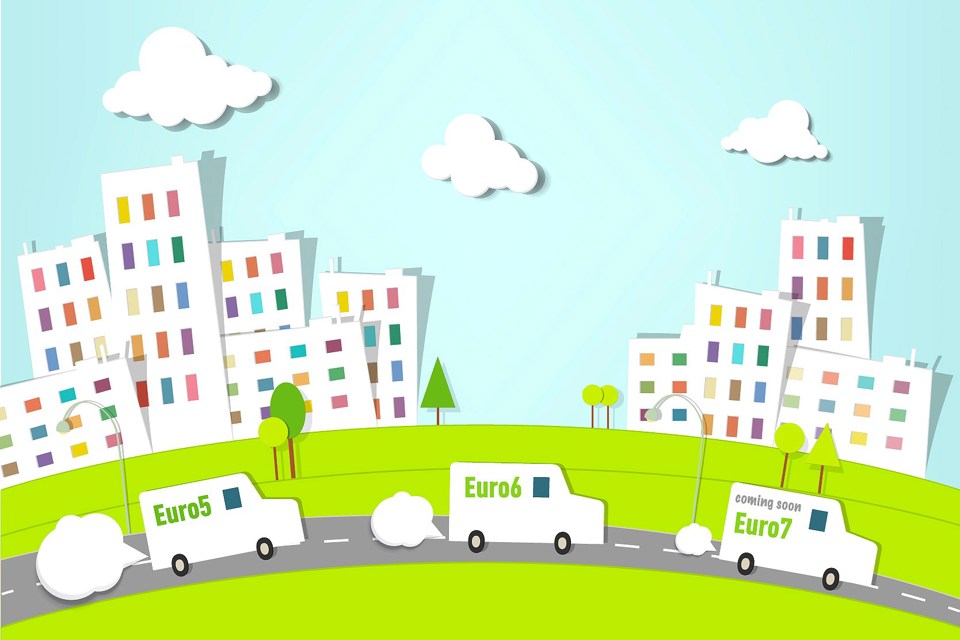A group of companies led by the World Business Council for Sustainable Development (WBCSD) have kicked off a new partnership to tackle emissions from road freight transport, at the COP21 environmental summit.
Companies in the scheme include Nestle, Scania and UPS, as well as service providers such as Route Monkey and the modelling capabilities of the International Transport Forum. The group is in talks with more companies who are interested in joining the effort, and welcomes expressions of interest.
While there are already well-known technologies and solutions to switch to alternative fuels or improve engine efficiency, this initiative will explore the currently untapped and unmapped potential for emissions reductions through optimization and collaboration between companies on road freight transport. The goal is to help meet the science-based target of 48% reduction in absolute emissions between 2010 and 2050.
Colin Ferguson, CEO of Route Monkey, said: “Route Monkey’s optimization already today cuts carbon emissions and overheads by up to 20% for more than 400 fleet customers. By combining selected fleets through this WBCSD initiative, we will from next year enable additional efficiency improvements of 15% with diesel, and up to 60% with alternative fuels.”
Alan Gershenhorn, executive vice president and chief commercial officer for UPS, said: “With a recent International Transport Forum study projecting that freight volumes could quadruple by 2050, the Low Carbon Freight initiative is an important catalyst to spearhead solutions to help manage and mitigate transport sector emissions. UPS is glad to collaborate, innovate and share our learnings.”
The transport sector produced around 23% of total energy-related CO2 emissions. GHG emissions from transport are one of the fastest growing sectors, while emissions from freight transport have been growing even more rapidly than those from passenger transport. This is expected to continue to be the case, particularly in emerging and developing economies.
Today the world is divided on freight operational efficiency. The spectrum ranges from mainly large sophisticated fleets in mature markets to mainly small or medium sized fleets in emerging markets. While every sector is working towards reducing emissions, many of the approaches are in sector silos, and could be made more effective through collaborative solutions. For example, even a highly fuel efficient truck completing an empty run generates unnecessary emissions, and its presence on the road contributes to the current chaos of traffic flow in many places.
The solutions being proposed and designed in this partnership include improving: the accessibility of cutting edge fleet optimization tools to small and medium sized enterprises, co-optimization of multiple fleet movements through a common ICT platform, sharing assets such as distribution centers and trucks and more.
In 2016, the WBCSD will validate the emissions reduction potential for a range of solutions and design demonstration projects to test real-world value to companies in 2017-18.

















Login to comment
Comments
No comments have been made yet.